Experiencing an injury can be a setback, but it doesn’t mean you have to give up on your fitness journey. In fact, when approached with caution and expert guidance, exercising after an injury can play a vital role in your recovery. In this blog, we’ll delve into the truth about post-injury exercise and how to navigate this crucial phase for both your physical and mental well-being.
- Consultation is Key: Before lacing up your sneakers, consulting a medical professional such as your primary doctor or a licensed chiropractor is paramount. They will assess your injury’s severity and provide tailored advice on which exercises are safe and beneficial. A personalized plan can help prevent exacerbation of the injury and promote healing.
- Start Slowly and Progress Gradually: Embarking on a gradual and controlled exercise regimen is crucial. Begin with low-impact activities that don’t strain the injured area. As your strength and confidence grow, you can slowly introduce more challenging exercises. Patience is key here – rushing the process can lead to setbacks.
- Listen to Your Body: Pain is your body’s way of communicating, and it should never be ignored. While some discomfort may be normal during rehabilitation, sharp or worsening pain is a red flag. Adjust or modify exercises if they cause pain, and communicate these changes with your healthcare provider.
- Focus on Proper Technique: Maintaining proper form is vital, especially when recovering from an injury. Incorrect posture or movement patterns can place unnecessary stress on the injured area, hindering healing progress. Working with a licensed chiropractor or physical therapist can ensure you perform exercises correctly and safely.
- Incorporate Strength and Flexibility: Post-injury exercises should focus on building strength and flexibility in the affected area. Strengthening muscles around the injury can provide better support, while gentle stretching can improve flexibility and prevent stiffness.
- Stay Mindful of Nutrition and Hydration: Fueling your body with the right nutrients is essential for recovery. Adequate protein intake supports muscle repair, while staying hydrated aids overall healing and circulation. Consult a nutritionist for a diet plan that aligns with your recovery goals.
- Rest and Recovery: Just as exercise is important, so is rest. Your body needs time to heal, and overexertion can lead to setbacks. Incorporate rest days into your routine and prioritize sleep for optimal recovery.
- Celebrate Progress: Recovery is a journey filled with small victories. Celebrate even the slightest improvements, whether it’s increased range of motion, reduced pain, or enhanced endurance. Positive reinforcement can boost your motivation and mindset.
Exercising after an injury requires a balanced approach of caution, expert guidance, and perseverance. With the right mindset, professional support, and a gradual approach, you can not only recover from your injury but also embark on a stronger and healthier fitness journey. Remember, every step forward is a step closer to reclaiming your physical well-being.
(Note: Always consult a medical professional before starting any exercise program, especially after an injury.)


